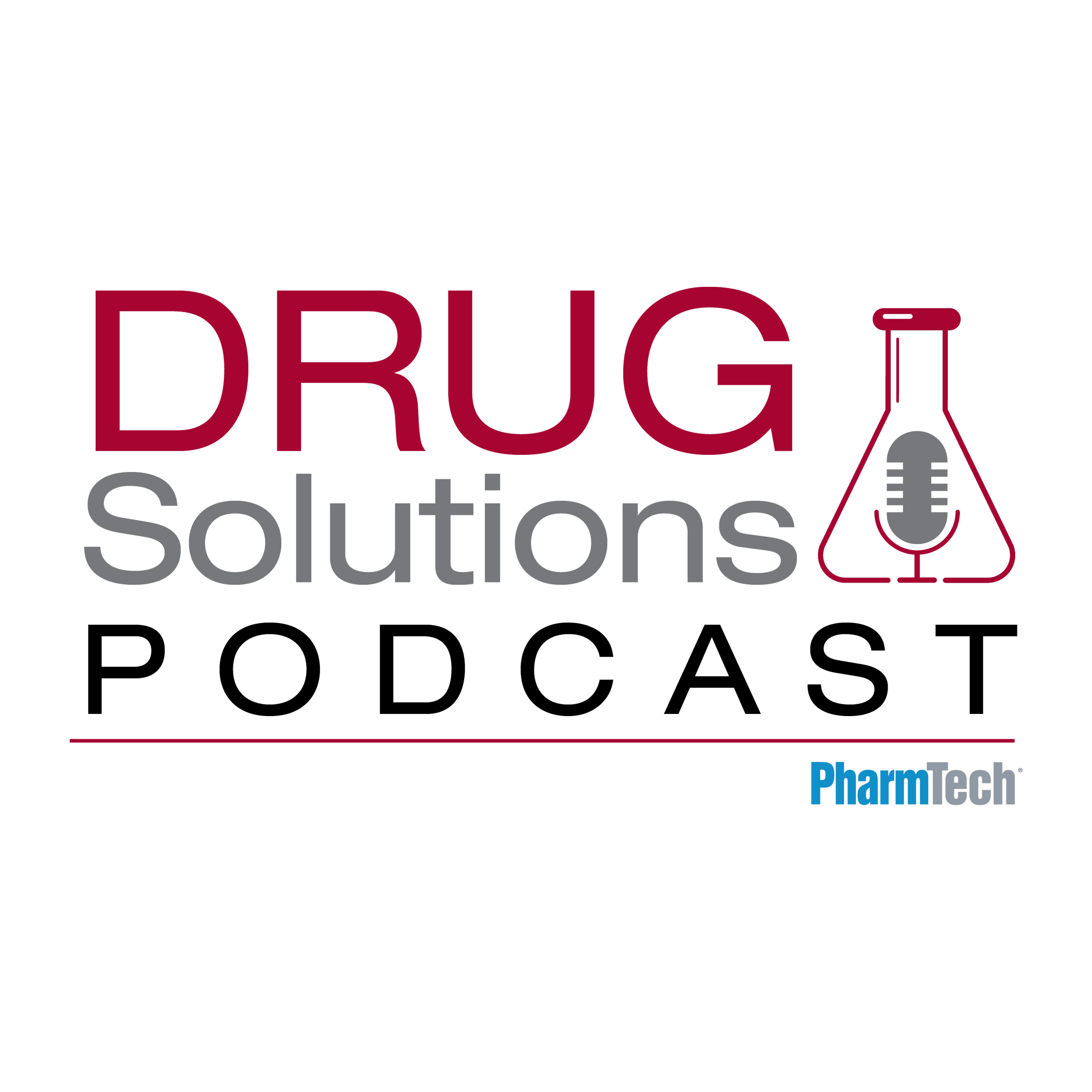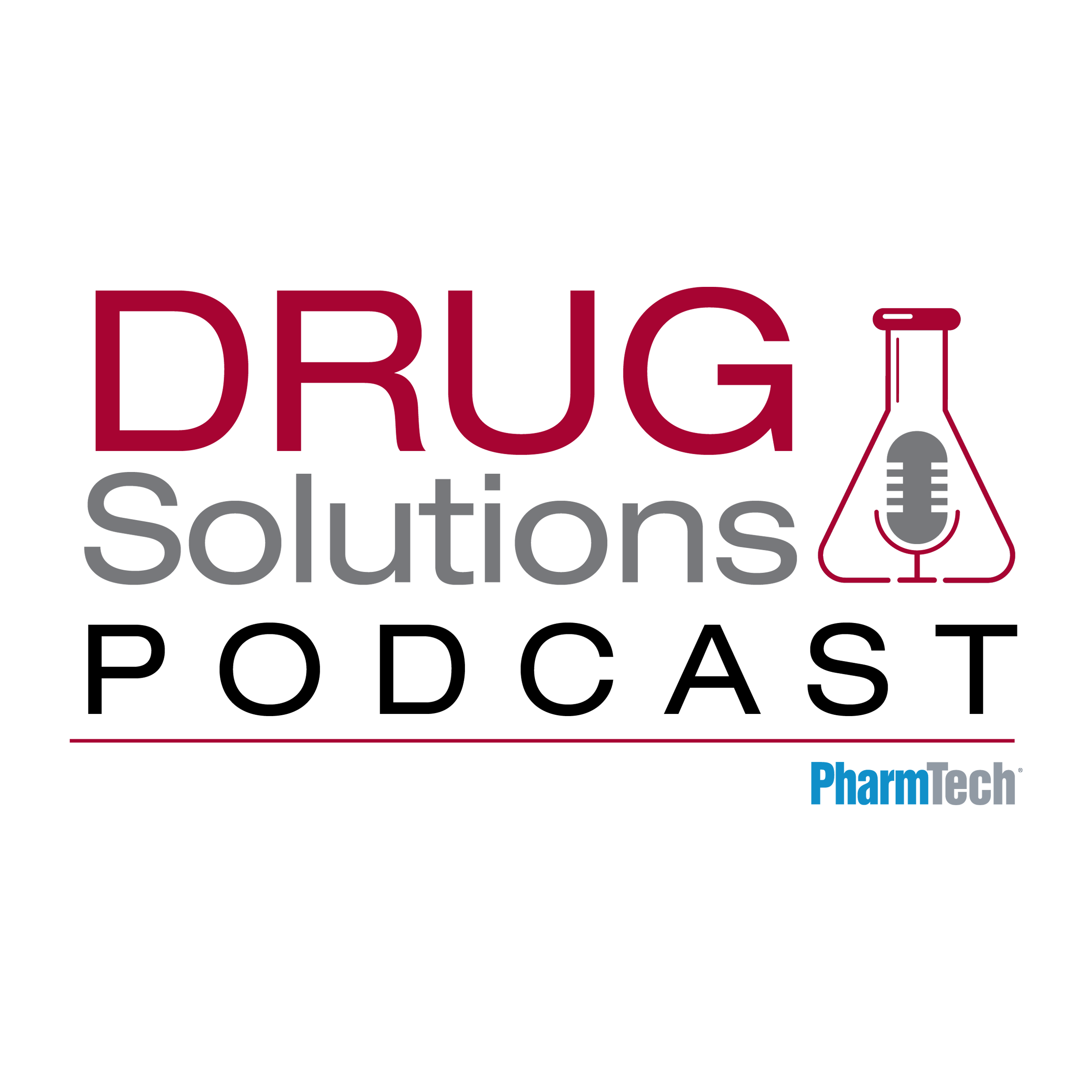Publication
Article
Pharmaceutical Technology
Commercializing Cell Therapies: Lonza’s Eytan Abraham on Challenges and Rewards
Author(s):
Better equipment and automated processes will be key. So, too, will the right way of approaching outsourcing relationships.
At one time, cell therapies, whether immunotherapies, stem cell therapies or tissue regeneration therapies, were the stuff of science fiction. Today, they have become a reality, and some cell therapies have already been commercialized. All Big Pharma and Big Bio companies are working in this area.
However, the industry faces significant challenges in getting more of these therapies to market. As a number of contract services companies explore this niche, there is a greater need for technologies---for instance, 3-D, rather than planar, bioreactors, capable of processing trillions rather than billions of cells. In addition, better instrumentation and automation will be required to reduce the extremely high cost of treating individual patients.
In addition, companies that choose to outsource any of the development and scaleup work will need to approach these projects in the right spirit, and asking the right questions.
Pharmaceutical Technology asked Eytan Abraham, head of cell therapy research and technology at Lonza, who also worked at Pluristem Technologies, for his views on what is needed to bring the technology forward. Here is some of what he had to say.
Development hurdles PharmTech: What are the major hurdles for developing robust and reliable processes for cell therapy?
Abraham: One major hurdle that we are facing is the planar culture technologies that are currently being used. These traditional planar culture technologies will not be able to meet cell number demand for larger indications. Hence, the move to 3-D bioreactor-based culture processes and technologies will be pivotal and is recommended.
The use of bioreactors may also enable the development of more robust and reliable processes, which would be optimized, fully controlled, and far less manual. Another major hurdle that we face is the pairing of these processes with adequate upstream and downstream technologies.
The last hurdle, which occurs during the final step of the process, is the delivery of the cells at point-of-care. Much needs to be done to streamline cell therapy product shipping, storage and delivery. Lastly, good and relevant analytical assays need to be in place to confirm that process changes have not changed the product.
Autologous vs. allogeneicPharmTech: What unique challenges are posed by autologous products? Do you see the industry focusing on allogeneic products first, or will the two be developed and commercialized in parallel?
Abraham: Autologous cell therapies indeed pose unique challenges. The central challenge, from a manufacturing perspective, is the fact that these therapies will have to be out-scaled rather then up-scaled. Conducting this out-scale process -- while using automated, robust and cost-effective manufacturing methods -- will be a significant challenge.
Additionally, each lot, representing one patient, will have to be segregated. Technologies to meet these challenges are currently being developed. However, it is a fact that autologous cell therapies are the only viable option for certain indications. Therefore, it is believed that allogeneic and autologous therapies will be developed and commercialized in parallel, despite these hurdles.
Key considerationsPharmTech: What should sponsor companies (used to thinking in terms of Mabs and traditional biopharmaceuticals) think about first, when they decide to develop a cell therapy program?
Abraham: I believe that cell therapy will play a central role in future medicine, and will, together with pharmaceuticals, biologics and medical devices, become the fourth pillar of healthcare. Pharma companies that realize this and invest early in this area, whether through R&D or acquisitions, can greatly benefit.
However, it is clear that significant investment will be needed and that failures will be a part of the progress. There are several key elements to minimizing the chances of failure:
- Cell therapies are mechanistically complex – a solid understanding of the mechanisms of action is critical.
- Have good analytical methods and animal models that truly mirror the viability and potency of the cells.
- Have a manufacturing process that can produce cells at the required quantity, quality and cost. Work hard to implement these processes early and perfect them.
- Be vigilant in assuring that up-scaling or changes to the process are not changing the cell therapy product.
- Design intelligent and sufficiently powered clinical trials which also look at dosing effect.
- Be prepared to invest the significant time and money that it takes.
CMO selectionPharmTech: What should company managers think about when they decide to work with a CMO to develop a cell therapy?
Abraham: The complexity of cell therapy means that significant know-how and manufacturing capabilities are essential to producing and testing these products. As this is an emerging field, the expertise and infrastructure needed to do this properly are rare.
One of the biggest advantages of using a CMO that is well versed in producing cell therapies is that you get the vast know-how and facilities that will give you much better chances for a successful launch of your product to the market.
However, there is also an argument to be made for maintaining process development and manufacturing in-house so that you have a better control and understanding of the process and product. This approach also comes at a significant cost in time and money, and has a steep learning curve.
Lastly, while tapping into the know-how of a CDO/CMO is priceless, they cannot supply all the answers; so you must go to them with a fair understanding of your cell therapy product, at least from a scientific mode-of-action perspective.
Regulatory ClarityPharmTech: Where do you see the greatest need for regulatory clarity? For both sponsors and contract partners?
Abraham: As in any emerging field, there are many regulatory uncertainties. The critical point is that the regulators work closely with anyone involved in this arena-small companies, pharma, CROs and CMOs to get the best and most relevant regulatory guidelines in place as soon as possible.
Article DetailsPartnership Strategies in OutsourcingSupplement to Pharmaceutical Technology
Vol. 39, (2) Supplement
Pages: s34–s36
Citation: When referring to this article, please cite it as A. Shanley, “Commercializing Cell Therapies: Lonza’s Eytan Abraham on Challenges and Rewards,” supplement to Pharmaceutical Technology39 (2) 2015.
Newsletter
Get the essential updates shaping the future of pharma manufacturing and compliance—subscribe today to Pharmaceutical Technology and never miss a breakthrough.






